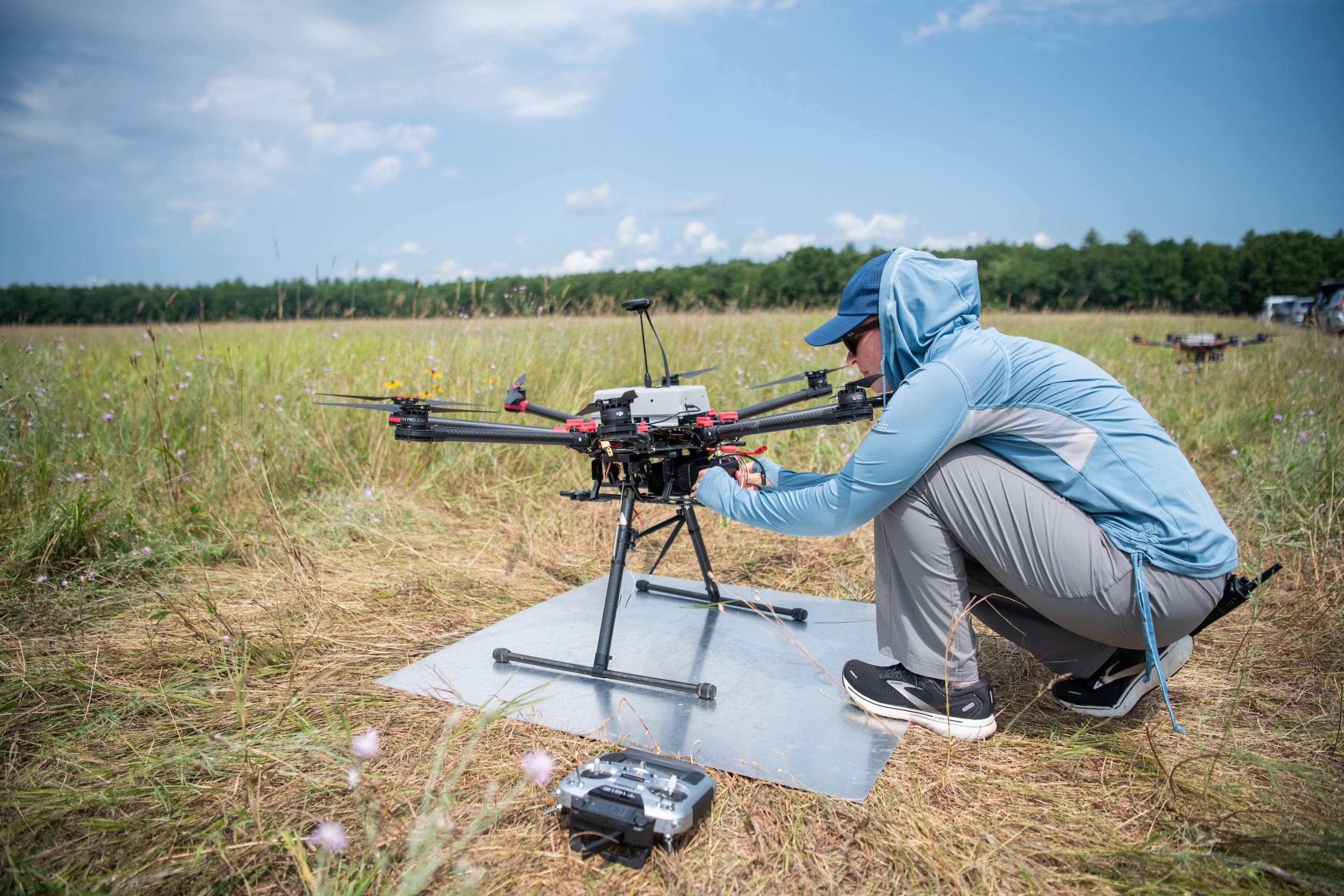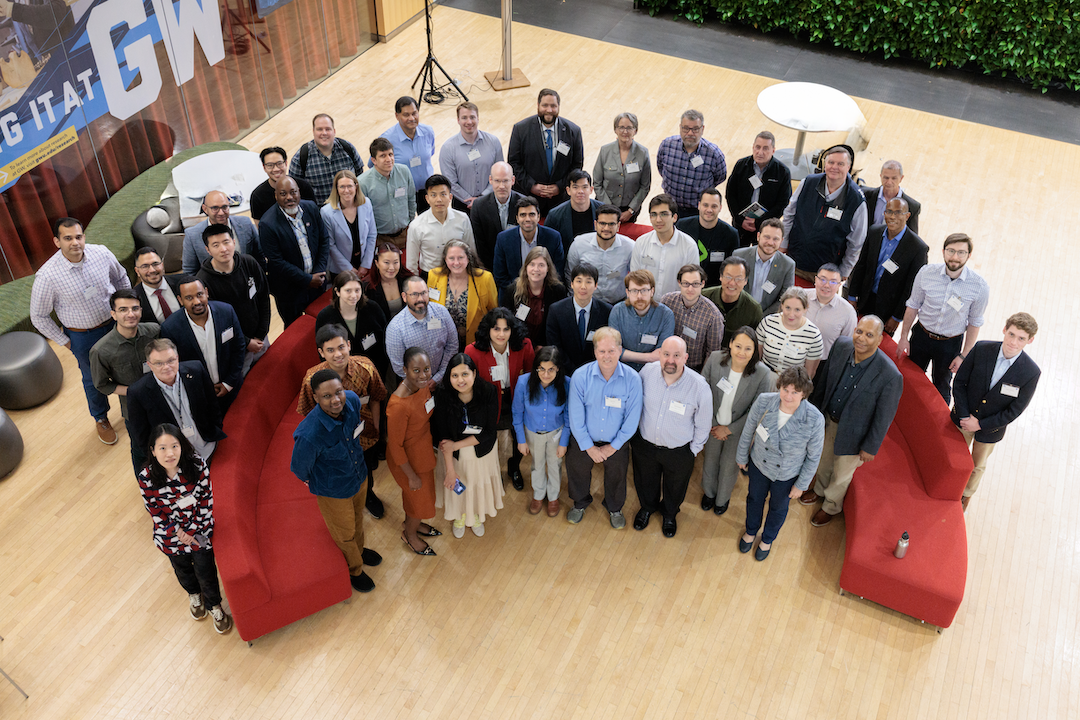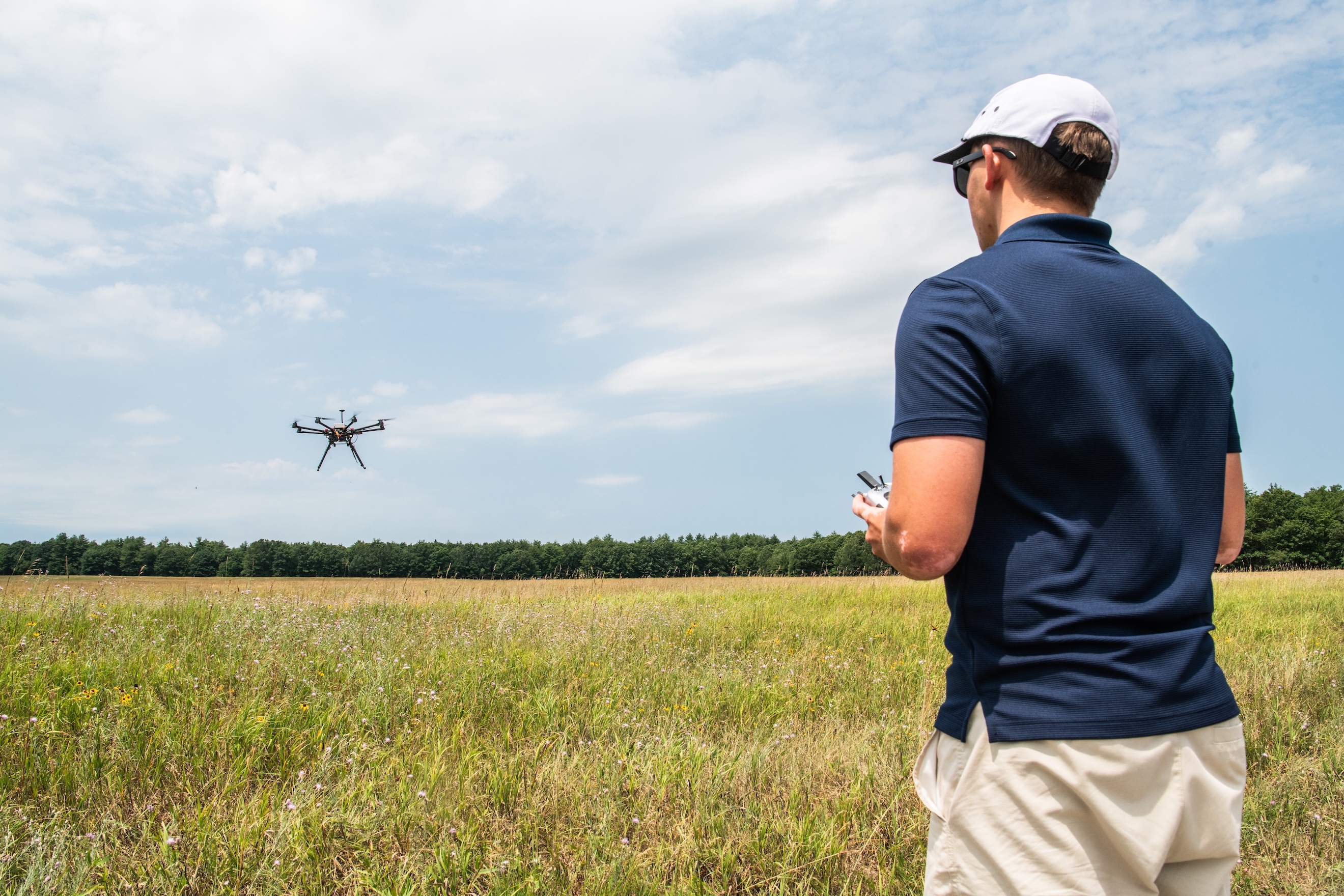Over 120 years ago, Wilbur and Orville Wright made history with the first powered flight, revolutionizing aviation by proving that human flight was possible. Since then, air transportation has become a routine, reliably safe part of everyday life for many Americans. However, the advent of new technologies like drones (also known as unmanned aerial vehicles or UAVs) and electric vertical take-off and landing (eVTOL) aircraft has changed the avionics landscape and prompted organizations like NASA to investigate how we can keep air travel the safest mode of transportation.
NASA’s System-Wide Safety (SWS) project conducts cutting-edge research to ensure safety as new types of aircraft and air operations are introduced into the airspace. The project involves collaboration with stakeholders across government, academia, and the aviation industry to keep air travel as safe as possible. The SWS project falls under NASA’s Airspace Operations and Safety program in support of the agency’s Advanced Air Mobility Mission, which guides industry development of the air transportation of the future, like drones and electric air taxis.
The SWS project currently includes four technical challenges (TCs). GW’s subproject of the SWS project falls under TC-2 – In-Time Aviation Safety Management Systems (IASMS) Services, Functions, and Capabilities Development for Emerging Operations. GW started its work with SWS in spring 2021, collaborating with partners from MIT Lincoln Lab, Vanderbilt University, and the University of Texas at Austin through the project’s recent conclusion in April 2025.
GW’s team, led by Mechanical and Aerospace Engineering (MAE) Professor and GW Trustworthy AI Initiative (TAI) Affiliate Peng Wei, developed an in-time, learning-based aviation safety management system (ILASMS) to mitigate risk and guarantee flight safety.
As a principal investigator (PI) on the project, Wei led and oversaw the project at GW and advised the student researchers on the team, which included researchers at the postdoctoral, doctoral, graduate, and undergraduate levels. The researchers worked on mathematical modeling, algorithm design, computer simulation, and flight test validations.
Abenezer Taye, a PhD student involved with the project, shared that working on the SWS project was formative, and helped advance his aviation knowledge. “This project deepened my understanding of the multi-dimensional nature of aviation safety and equipped me with the skills to address safety challenges in emerging areas such as Advanced Air Mobility," he said.
The research team emphasized a holistic approach to avionics and aviation safety, looking at potential aviation safety threats from multiple different perspectives. The variable nature of the airspace and changing climate of air travel forced the team to get creative about how they mitigated the ever-growing number of hazards faced by modern aviation.
As a result of this holistic approach, the ILASMS was designed to mitigate potential hazards on three levels: mission and trajectory, vehicle and component, and airspace and system.
The mission and trajectory level function evaluated the feasibility of planned missions given the aircraft performance, battery state, flight plan, and wind forecast. The vehicle and component level function detected and mitigated faults during flights, including those related to electric propulsion and wind disturbances. The airspace and system level function, designed using machine learning and artificial intelligence techniques, automatically detected and mitigated conflicts introduced by non-cooperative aircraft operating in the same airspace.
Wei and the team of researchers developed a reinforcement learning-based aircraft separation function, which demonstrated promising performance, even when operating in high-density airspace. The team had the opportunity to flight test and validate their algorithms and models with real UAVs in July 2024 in Fort Devens, Massachusetts.

The team tested their algorithms and models with a variety of drone types, flight scenarios, and operators. Each testing series was based upon a mission for the drone to perform, with different hazards for the system to mitigate.
The flight tests demonstrated the viability of the ILASMS the team developed, and also identified some potential areas for improvement in the next iteration of the SWS project. The reinforcement learning-based function only issued speed changes, which is feasible for multi-rotor aircraft, but presents a challenge for fixed-wing aircraft.
The project officially wrapped up in April 2025, with the completion of its technical reports and research papers. At the end of April, NASA hosted a workshop in GW’s Science and Engineering Hall to reflect on the project and discuss areas where more research is needed.

“I am grateful that GW is one of NASA’s primary partners in aviation safety R&D. I hope we are able to extend some findings and technical capabilities we built in the first iteration of this project, as well as work on the exciting new challenges and necessary technologies identified in this iteration,” Wei concluded.


